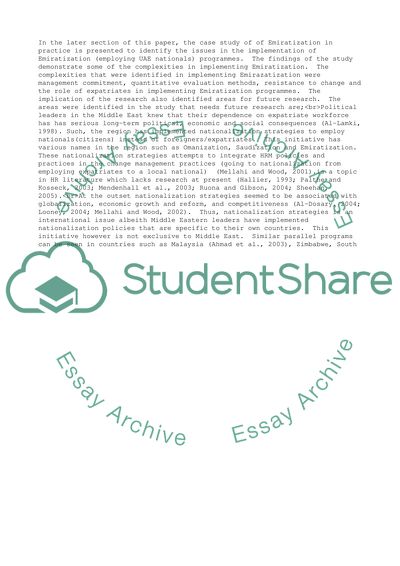Cite this document
(“Localisation the workplace in UAE Essay Example | Topics and Well Written Essays - 8000 words”, n.d.)
Retrieved from https://studentshare.org/business/1616178-localisation-the-workplace-in-uae
Retrieved from https://studentshare.org/business/1616178-localisation-the-workplace-in-uae
(Localisation the Workplace in UAE Essay Example | Topics and Well Written Essays - 8000 Words)
https://studentshare.org/business/1616178-localisation-the-workplace-in-uae.
https://studentshare.org/business/1616178-localisation-the-workplace-in-uae.
“Localisation the Workplace in UAE Essay Example | Topics and Well Written Essays - 8000 Words”, n.d. https://studentshare.org/business/1616178-localisation-the-workplace-in-uae.


